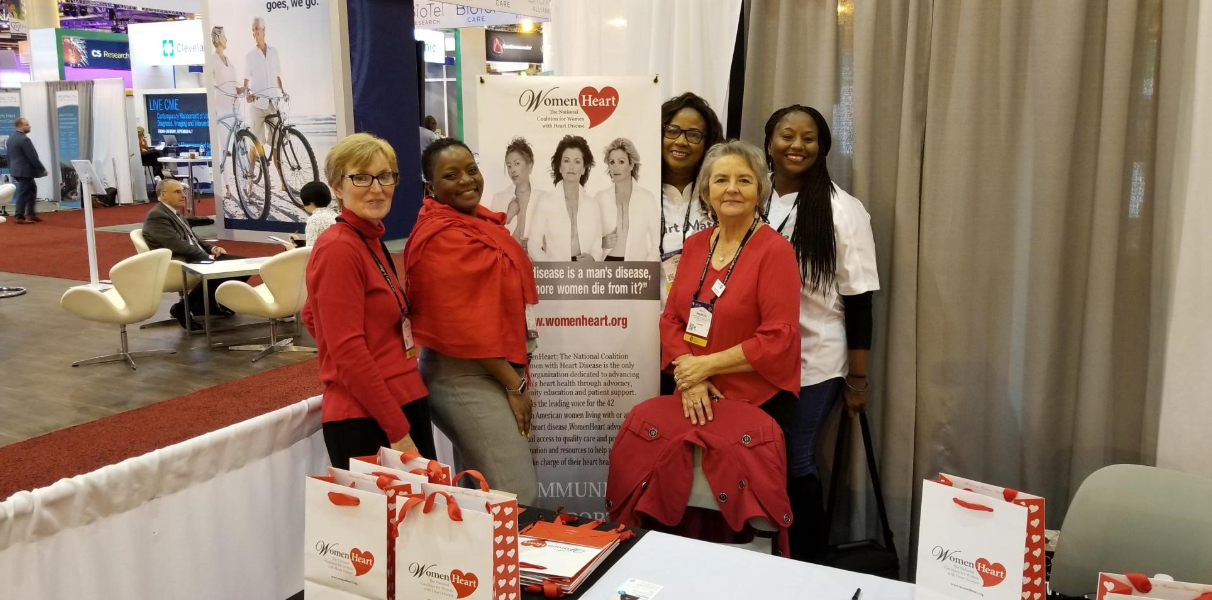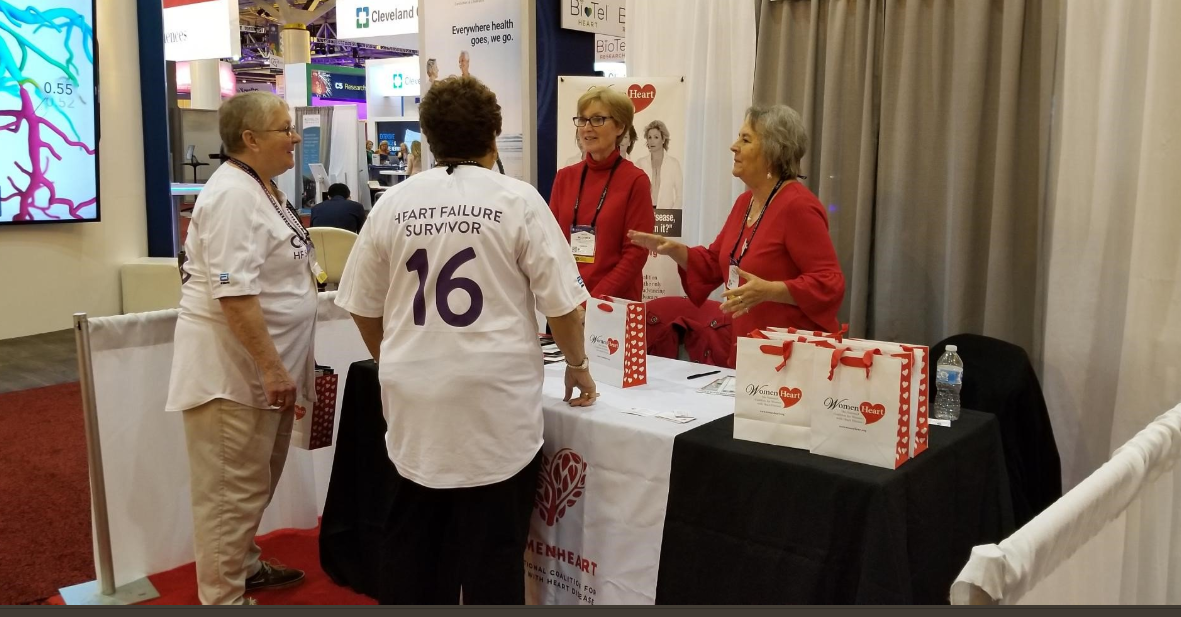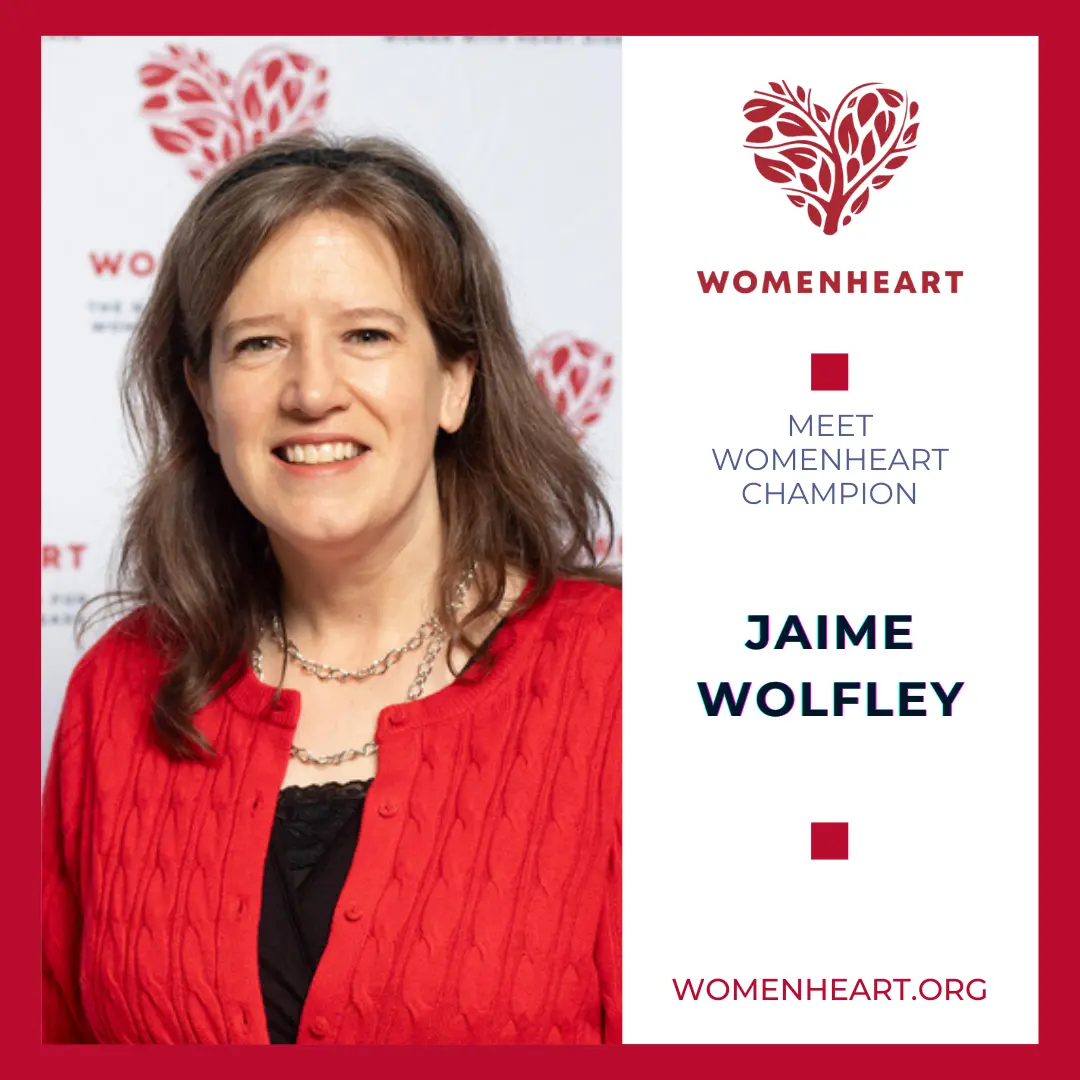In the midst of the hundreds of sessions, meetings and events, I felt excitement and energy for the role WomenHeart had at ACC.19 Conference in New Orleans, LA on March 15-18, 2019. WomenHeart, for twenty years, has made significant contributions to the cardiovascular community by serving as the voice of the millions of women living with or at risk of heart disease. ACC.19 was the perfect place to showcase this work and introduce thousands of participants to the critical needs of women heart disease patients and the support, education and advocacy WomenHeart provides on their behalf.
With over 600 scientific sessions, posters, meetings, etc. I looked to engage in a variety of areas so that I could take back lessons learned to the organization, our volunteers and the women we serve. In summary the lessons learned from ACC.19 focus on WomenHeart’s Purpose, Partnerships and Advocacy. WomenHeart’s mission and purpose has always been to support, educate and advocate for the millions of women living with or at risk of heart disease, and to advocate for their benefit. In every meeting, conversation, scientific session and the response of visitors at our exhibit booth, the need for our mission was never clearer. WomenHeart was truly leading the charge to be the voice of women heart patients and we stood out as a key organization continuing to press for understanding the gender differences in heart disease, inclusion of women in clinical trials, and providing the face of women living with heart disease.

In addition to purpose, the partnerships WomenHeart has developed over the last 20 years were ever present. Whether meeting with and discussing future collaboration with longtime partners or meeting new partners, WomenHeart has a significant role in reaching women heart disease patients and addressing their specific needs of fear, misdiagnosis and isolation. The networking opportunities at ACC.19, whether in between sessions or on the exhibit floor, afforded WomenHeart to identify where there were gaps in women’s heart health and how our organization can continue to lead the fight to support women living with or at risk of heart disease.
Lastly, WomenHeart has been at the forefront of advocating on behalf of women with heart disease. The need for our advocacy work continues to be ever present as women continue to be absent or underrepresented in clinical trials and research, women have increased barriers to accessing adequate level of care, and women are less likely to be referred to cardiac rehabilitation programs. These efforts need strong leaders and WomenHeart has found a way to fill a gap and champion the needs of women living with or at risk of heart disease.




